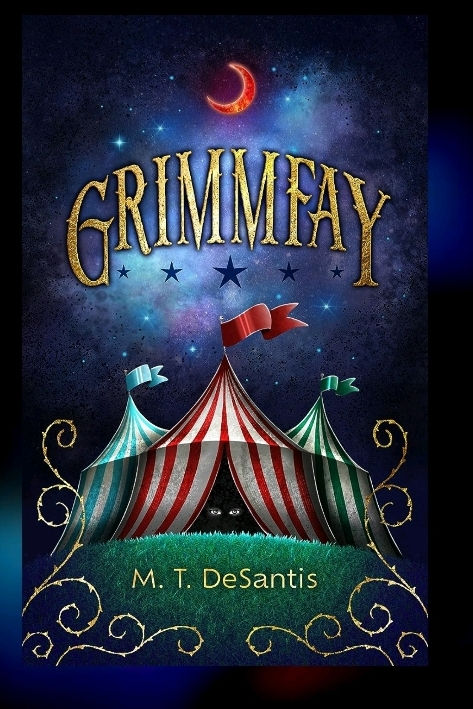Steps To Publishing Traditionally
- BH Sprinkle

- Feb 13, 2023
- 3 min read
Hello Writing with Sprinkle Community! Let's be real about things.
We get thrown all around the internet looking for information about publishing. Traditional publishing, indie publishing, and pre- publication ready steps to take.
With so many writing tips out there and so many videos it can become overwelming. I was especially overwhelmed to hear that it's not all about pen to paper, we actually have to market and sell ourselves. Putting the shock of that aside for a different discussion. I want to be a resource for writers and someone to cheer them on in their time of wondering.
This post will cover what I've been learning about how traditional publishing works.
What Being Traditionally Published Is?
Unlike it's counterpart, traditionally published is the typical route that people take in getting their work out into the hands of readers.
Finish the book. Multiple edits, revisions, and drafts. All that effort.
Instead of doing all that printing and marketing yourself you get a little help thanks to your eventual publishing house contract. Sadly, that doesn't mean you will get a book deal or won't. Nothing is guaranteed. It also doesn't mean you get say in all the little details you would in Indie.
Here's where it's not the same.
Benefits vs Pitfalls
Benefits:
▪️Help with Marketing
▪️Less worry about smaller details such as formatting and cover
▪️Wider distribution so it gets to more readers
Pitfalls:
▪️You won't get looked at as closely without an agent or a background of some kind
▪️Evergrowing midlist
▪️Chunk of royalties to agent and publishers
The Process
After writing your new book you're excited about( being careful to have thoroughly edited, revised, and had it looked over) you have to search for agents to represent it in the eyes of publishers.
Query letters must be sent with a summary of the book. Then they might also ask for a few pages or a chapter.
Sometimes if it peaks their interest you'll get a partial or full request for your manuscript. Other times...if it doesn't peak their attention out of the hundreds of queries they receive by email a day while open to submissions, they won't look at it again and you could expect a rejection email.
Only after they read your manuscript, they’ll hit you with an offer for representation or a second chance at rejection.
If you do get a rejection, there will sometimes be a reason why. Use that reason to improve. The case might just be they were overswamped with manuscripts and could only pick so many. That's okay. I've been told each rejection is a chance to improve and a step closer to an acceptance.
🚩
It's a red flag if they want to represent you but can't state what they liked about your manuscript. Also, if they ask for payment upfront. They get paid after you get a book deal with a publishing house.
After you've received an acceptance for representation. You can talk strategy. It's important to maintain a friendly and professional manner with your agent. Their job from this point will be to pitch your book to a publishing establishment.
Book deal offer comes next.
Negotiations of contracts.
Your agent will help but definitely read it over yourself.
Get a lawyer.
Final Thoughts
Both forms of publishing have benefits and Pitfalls. Whatever you decide is based on the individual needs of the writer and the book itself. Do whatever you feel is right by instinct.




Comments